Imagine sitting in a small café in Rome, ordering a coffee, and hearing the barista respond with a sincere smile. It didn’t happen just because you’re a traveler: it happened because you used the right words—those useful Italian words that turn an interaction into an authentic moment. In Italy, language is not just a tool for communication: it is a bridge to culture, identity, and the heart of the people.
Every country has its own linguistic melody, but Italian has something extra: musicality, gestures, and an emotional dimension intertwined with the meaning of phrases. Learning some Italian phrases for travelers doesn’t just mean knowing how to ask for information or order food—it means stepping, even for a moment, into the daily life of the locals.
When you decide to speak like a local in Italy, you don’t do it out of linguistic perfectionism: you do it out of respect, curiosity, and the desire to live a deeper experience. Saying a friendly ciao instead of a cold “hello” or a warm grazie mille instead of a plain “thank you” opens the door to spontaneous conversations, valuable tips on where to eat or what to visit, and unexpected invitations.
In this article, we will discover together the Italian expressions that will help you feel part of the scene. We’ll start from travel Italian basics, such as greetings and polite forms, and go all the way to Italian slang for travelers, which will allow you to understand (and use) those words you won’t find in grammar books but will hear everywhere on the street. I’ll also guide you through pronunciation tips and practical contexts so you can use them without hesitation.

We practice essential greetings and courtesy – hi, good morning, please, thank you
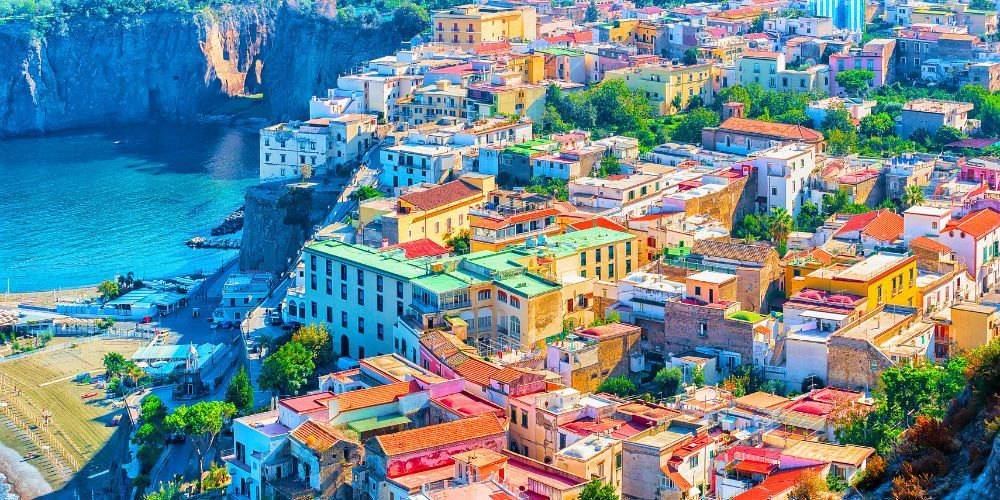
Ciao and Buongiorno: The First Step Toward Connection
In Italy, the way you start a conversation can influence the tone of the entire exchange. Ciao (Hi) is the most recognizable greeting: informal, direct, and warm. Use it when talking to young people, acquaintances, or in friendly contexts. It’s not uncommon for shopkeepers to use it if they sense a relaxed atmosphere. Buongiorno (Goodmorning), on the other hand, is more formal and is the best choice when you enter a restaurant, a shop, or address an elderly person.
One of the travel Italian basics is knowing when to use one or the other. For example, if you enter a small shop in Florence, a buongiorno accompanied by a smile will often make the shopkeeper spend more time with you. In the evening, remember to switch to Buonasera (Goodevening). These small details are a concrete first step toward speaking like a local in Italy.
Per favore and Grazie: The Universal Language of Kindness
Per favore (please) and grazie(thank you) are the foundations of politeness. But in Italy, even these useful Italian words have nuances. A grazie mille (“thanks a lot”) expresses a warmer, more heartfelt gratitude, while per piacere is a slightly more elegant alternative to per favore.
Here’s a tip: when you receive a service, don’t just say grazie mechanically. Add a gesture—a slight nod, a smile—and make eye contact. This non-verbal element, combined with the right Italian phrases for travelers, will make you seem part of the culture.
Listen to the podcast version of the article with the voice of Monna Lisa & Leonardo
Italian Words with a “Local Flavor” – aperitivo, passeggiata, bella figura
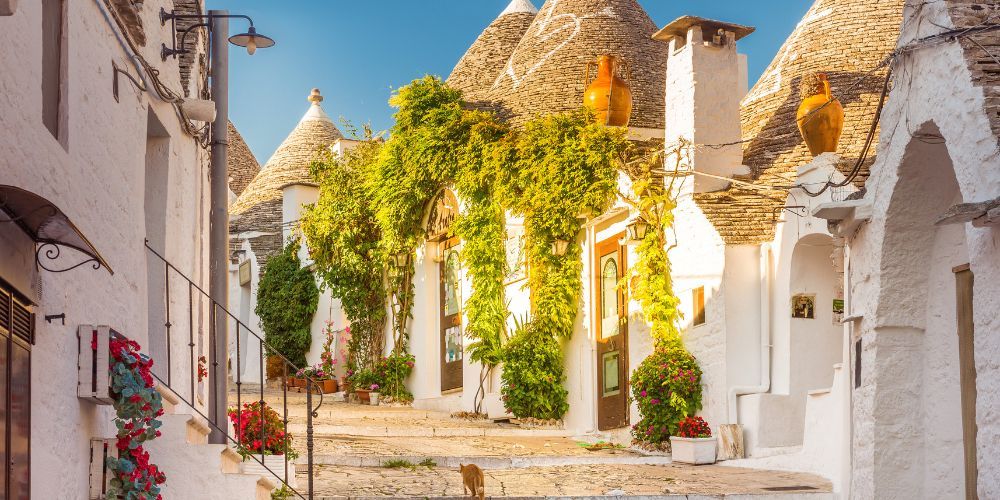
Aperitivo: Much More Than a Drink
In many Italian cities, around 6:00 p.m., bars fill up for the aperitivo. It’s not just a glass of wine or a cocktail: it’s a social, almost sacred, moment. Saying Facciamo un aperitivo? is an invitation to share time, stories, and laughter. If you know how to include this word among your Italian expressions, you’ll be perceived as someone who truly understands local habits.
Passeggiata: The Art of Slow Living
The passeggiata is an evening ritual: families, couples, and friends stroll along the main streets simply for the pleasure of being there. In this context, speaking like a local in Italy means understanding that it’s not “a walk to get from A to B” but a shared moment of life.
Bella figura: Elegance in Behavior
Making a bella figura is more than having a nice appearance: it means behaving with respect, grace, and attentiveness toward others. Using this Italian expression appropriately shows you understand a deeply Italian concept.
Common Slang and Fillers – dai, mo’, boh
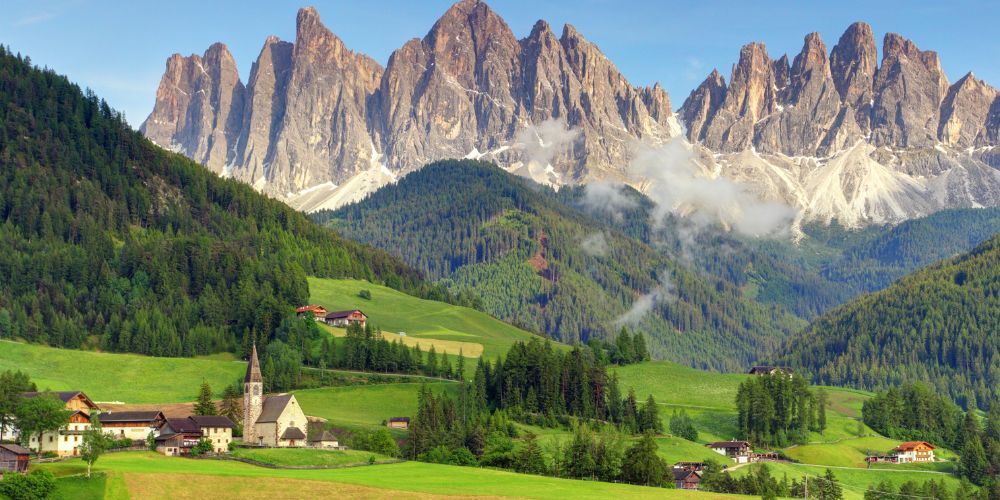
Dai! – Versatility in Three Letters
Among all the Italian expressions you could learn, dai! is one of the most versatile and useful. It can mean “let’s go!” when said energetically, but also “really?!” (ma dai!) to express surprise or disbelief. It’s one of those examples of Italian slang for travelers that will make you sound instantly more integrated. In a friendly context, a well-timed dai! can break the ice or give momentum to a conversation.
Example? You’re at dinner with Italian friends and one of them tells an unbelievable story: you can react with Ma dai! and watch a knowing smile appear.
Mo’ – The Southern “Now”
Mo’ is typical of Central-Southern Italy, especially in Campania and Puglia, and means “now” or “right now.” You won’t find it in standard travel Italian basics, but it’s a colorful element that will make you seem attentive to regional nuances.
If you’re in Naples and the waiter says Arrivo mo’, know that it means “I’ll be right there”… but with the relaxed time flexibility typical of the South.
Boh – The Art of Not Knowing
Another useful Italian word is boh, which expresses uncertainty or lack of an answer. Short, informal, and very common, it’s perfect for casual conversations. Using it at the right time will make you sound natural—almost like an insider.
Phrases that you can use in certain situations – Ordering, Asking, Conversing
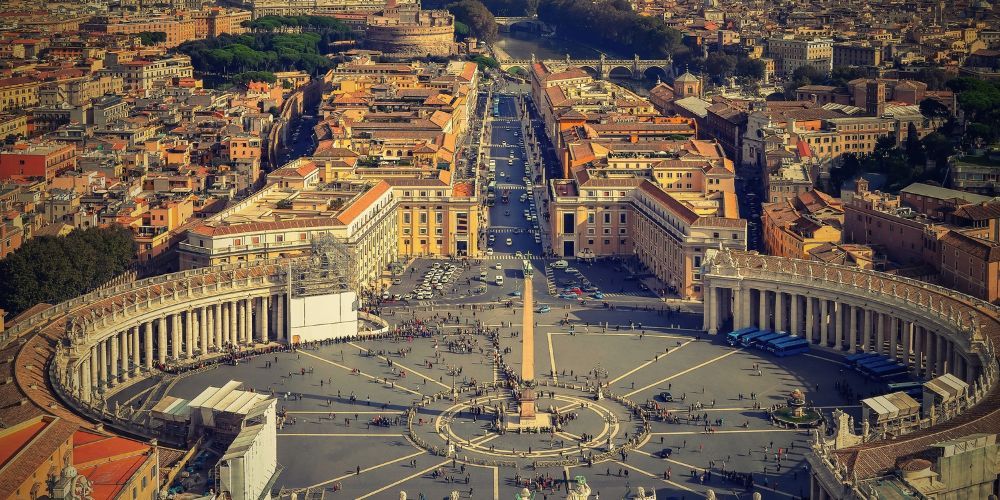
Ordering Food Like a Local
Italy lives for food, and knowing how to order correctly is one of the most important travel Italian basics. Instead of simply saying un caffè, try Vorrei un caffè, per favore. This Italian phrase for travelers is polite and clear, and will earn you the respect of the staff.
In restaurants, saying Per me… grazie when ordering sounds natural and friendly. Don’t forget to thank them at the end of the meal with a sincere Grazie, era buonissimo.
Asking for Directions Politely
If you get lost among the narrow streets of Venice, knowing the right formula to ask for directions is essential. Mi scusi, dov’è…? is a key phrase, followed by the place you’re looking for. It’s one of those Italian phrases for travelers that conveys respect and invites help.
Italians appreciate it when a traveler makes an effort to use Italian, even with a foreign accent: it’s seen as a genuine sign of interest in the country.
Making Small Talk
Small conversations, or chiacchiere, can arise anywhere: in line at a café, on a train, at the market. A comment about the weather (Che bella giornata oggi!) is a great starting point. From there, you might receive tips or invitations to discover non-touristy places.
Discover the Venezia PassNow let's see the pronunciation Tips – Italian Phonetics vs English
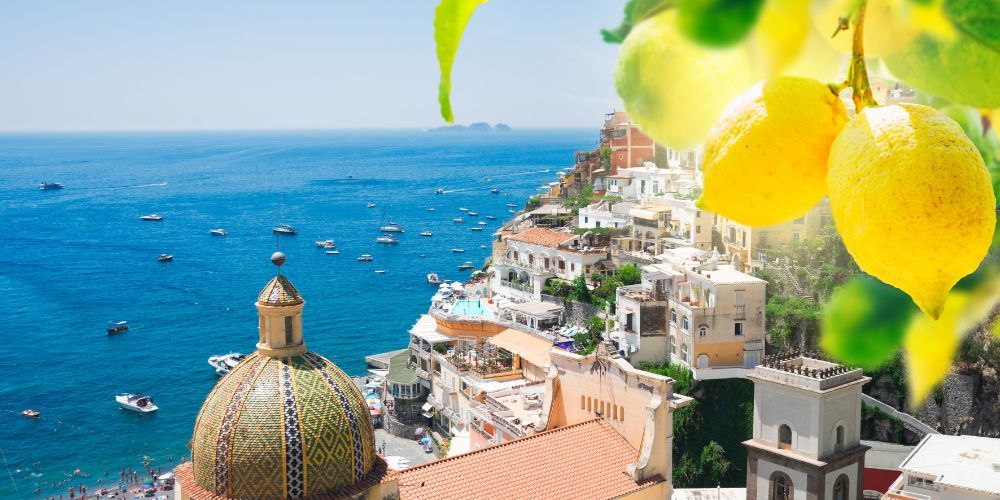
Pure and Constant Vowels
One of the main differences between English and Italian is the consistency of vowels. In Italian, a, e, i, o, u are always pronounced the same way, without variations as in English. This is one of the travel Italian basics that can immediately improve your pronunciation.
For example, the e in per favore is always short and closed, never like the English “ey.”
Double Consonants: Small but Important
Doubling consonants changes meaning. Pala (shovel) and palla (ball) are not interchangeable! At first, it might seem difficult, but observing how locals pronounce double consonants will help you speak like a local in Italy.
Accent and Rhythm
Italian is melodic: each word has a stressed syllable, and the rhythm is regular. Avoid dragging final vowels or blending words together, as English speakers sometimes do.
Why It Matters – Respect, Connection, Authentic Experiences
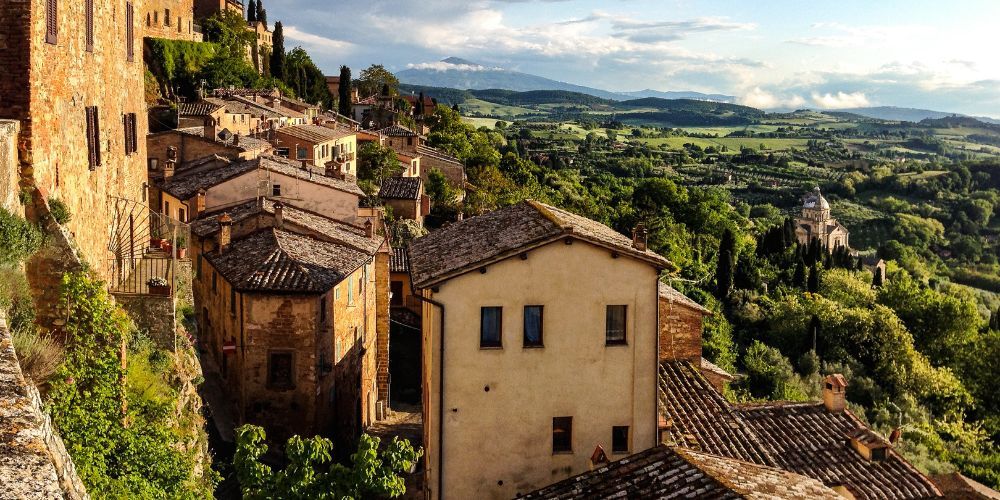
Respect and Cultural Openness
Using useful Italian words and Italian expressions is not just a practical matter: it’s an act of respect. It shows you care about the culture and want to communicate in a direct, human way. This approach is highly appreciated by Italians, who tend to respond warmly when they see this effort.
Connection and Trust
When you show that you want to speak like a local in Italy, you create an immediate connection. It can mean receiving more detailed directions, secret tips on where to eat, or even an invitation to a family lunch.
Experiences Off the Tourist Path
Knowing even a bit of Italian slang for travelers or some Italian phrases for travelers can lead you to places you’d never find on tourist maps. A neighborhood bar, a village festival, a hidden beach—often, access to these experiences starts with a conversation in the local language.
FAQs about Italian words you should know
1. What Italian words should every tourist know?
When visiting Italy, mastering a few useful Italian words and travel Italian basics can make your trip much smoother. Words like ciao (hi/bye), grazie (thank you), per favore (please), scusi (excuse me), quanto costa? (how much is it?), and dov’è…? (where is…?) are everyday essentials. These Italian phrases for travelers will help you navigate restaurants, shops, and transportation while showing respect for the local culture.
2. Are there essential local phrases not in textbooks?
Absolutely. To speak like a local Italy, you’ll want to learn some Italian slang travelers often miss. Phrases like magari! (I wish!/hopefully), che figo! (cool!), or in bocca al lupo! (good luck!) add authenticity to your conversations. These Italian expressions are part of daily life and can spark warmer interactions with locals compared to formal textbook sentences.
3. How do you pronounce ciao vs buongiorno?
Ciao is pronounced like “chow” in English, with a soft “ch” sound. Buongiorno sounds like “bwohn-jor-no,” where “buon” blends into “giorno.” Mastering these pronunciations is part of travel Italian basics and helps you be understood instantly.
4. Does using local words improve your travel experience?
Yes, using useful Italian words and authentic Italian expressions makes a huge difference. Locals appreciate the effort, and it often leads to friendlier service, better tips from residents, and even spontaneous conversations. It’s one of the best ways to connect with people, discover hidden spots, and truly speak like a local Italy.
About the author
Written on 01/09/2025

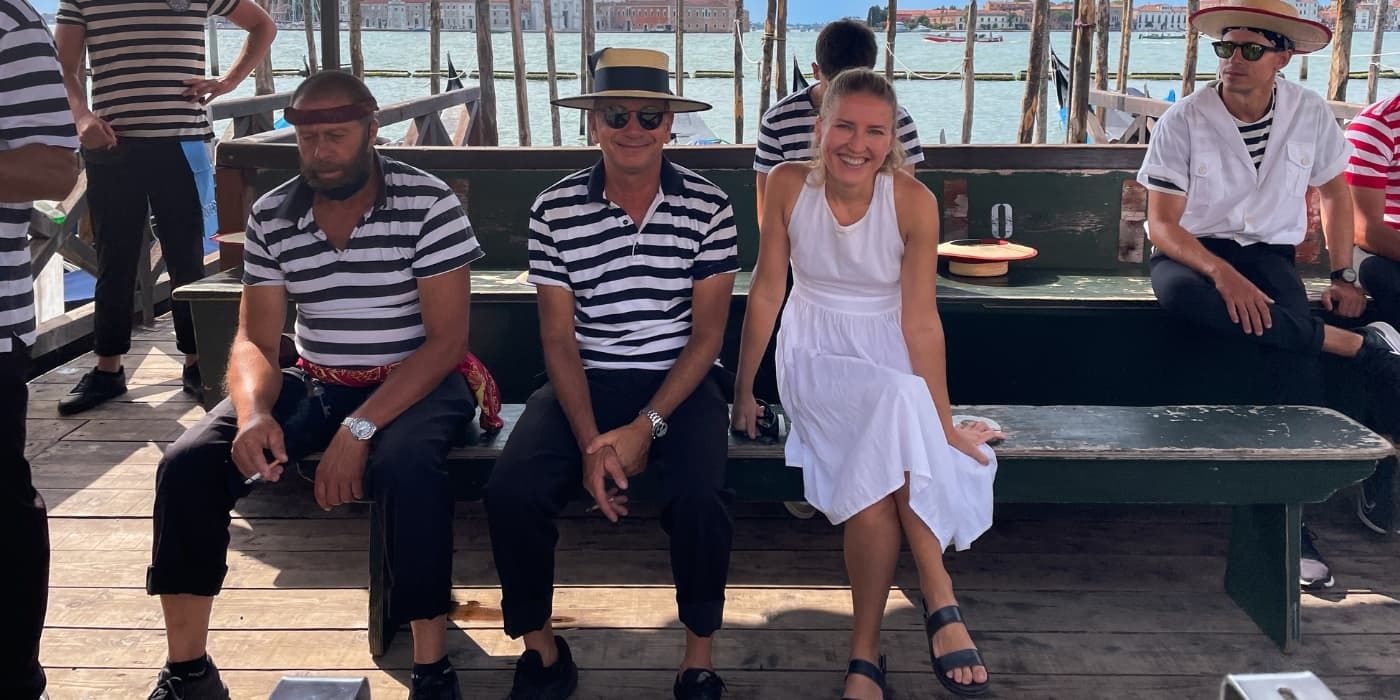

Alessia Coppola
Which Italian words should you know to blend in with the locals? Here are a few handy phrases to pick up be.